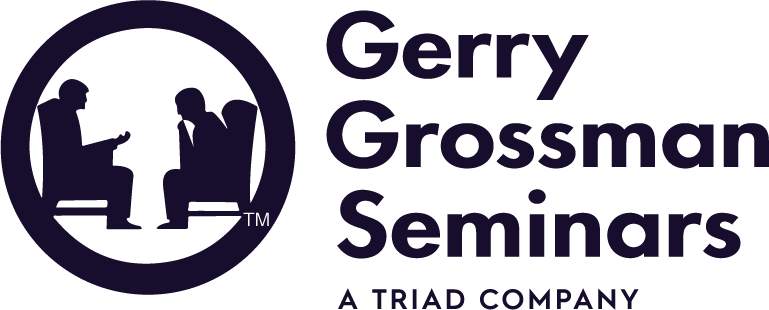
By Kaynor Heineck, MS

Assessment is a major area covered in the social work exams, and it pays to be knowledgeable about what information to gather from clients entering therapy and how to gather that information. As a social worker, you assess a case to basically answer the question: “What is going on here?” We use numerous tools to assess and conceptualize a new case. These are: 1) the psychosocial assessment, 2) the DSM-5, 3) theory and 4) common sense. The psychosocial assessment mainly consists of the interview (and usually an intake form) that aims to identify who the unit of treatment is, what the presenting problem is, the history of the problem, social history, medications and substances used, risk assessment (suicide, abuse, violence), developmental and family history, and functional ability. A psychosocial assessment may also include information gathered from family members, teachers, or medical professionals. A psychosocial assessment should ultimately summarize the clinical issues, impressions, and overall assessment of the client’s functioning, including strengths and weaknesses.
The second part of assessment uses the DSM-5. Mental illness is diagnosed along numerous categories based on the presence of absence of symptoms. The DSM-5 also offers Cross-Cutting Symptom Measures that are completed by the client. Questions are framed in a Likert Scale from 0 to 4 with a score of 4 indicating the most severe symptom. The DSM-5 also offers the Cultural Formulation Interview (CFI) to assess the influence of culture in a particular client’s experience of distress. In addition to diagnosing mental illness, the DSM-5 also helps us characterize other conditions that might be the focus of attention that are not mental illnesses, such as problems with relationships, poverty, abuse, etc.
The third part of assessment is theory. Theory lets the clinician conceptualize not only how people got to be the way they are, but what kinds of interventions might help them. For example, the strategic social worker would look for interactional patterns that give rise to or maintain the problem, communication styles, and strengths and weaknesses. The cognitively oriented social worker assesses problematic thinking styles that lead to dysfunctional behaviors, automatic thoughts, and emotions and physical sensations. A psychodynamic social worker looks for conflicts, changes in subject that indicate emotionally charged material, defensive operations, countertransference impressions, reality testing, psychological mindedness, etc.
Regardless of theoretical orientation, the social worker may or may not choose to use an assessment tool, such as the Beck’s Depression Inventory, Social Anxiety Scale, AA’s 20 questions, Child Behavior Checklist, Conners’ Rating Scales, or the MMPI, etc. Some assessment tools can be administered by any social worker, while others require significant training to administer and interpret. The social worker may decide, in some cases, to refer the client for further psychological testing, for example, to assess for dementia, psychotic processing, or for intelligence testing, etc.
And finally, common sense plays a large role in the assessment process. We often focus so much on all the technical aspects of social work that we forget the value of good old common sense. Common sense refers to having sound judgment, not necessarily based on specialized knowledge – common sense is the basic ability to perceive, understand, and judge based on simple perception of the situation. “The client is drunk” or “the client is upset because he just got fired” are examples of assessments based on simple common sense.
Weaving all of these elements into the assessment process allows us to develop a rich understanding of our client(s) and helps us to think in a complex way about what brings them to therapy. This also allows us to begin the process of helping them. When studying for the ASWB exams, remember that assessment is not only a one-session experience, but should continue as we get to know our clients better, and either validate or invalidate our hypotheses about who they are and what they are all about.


